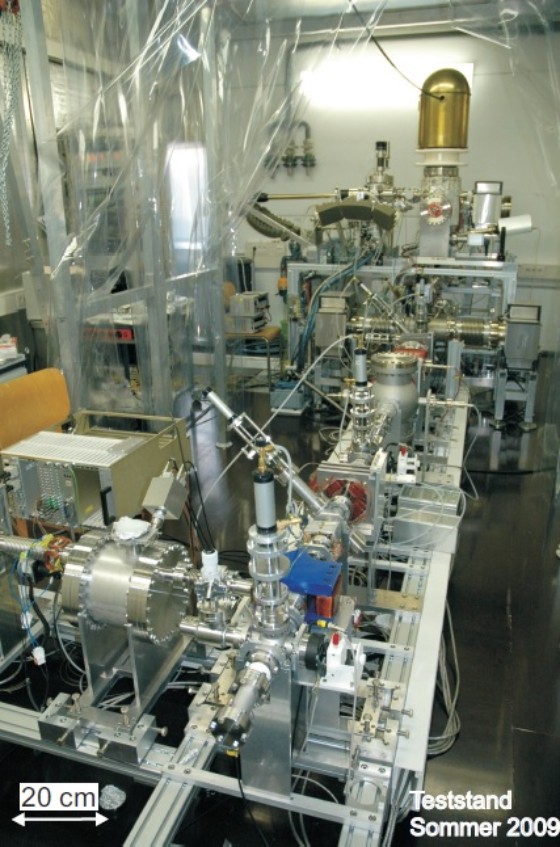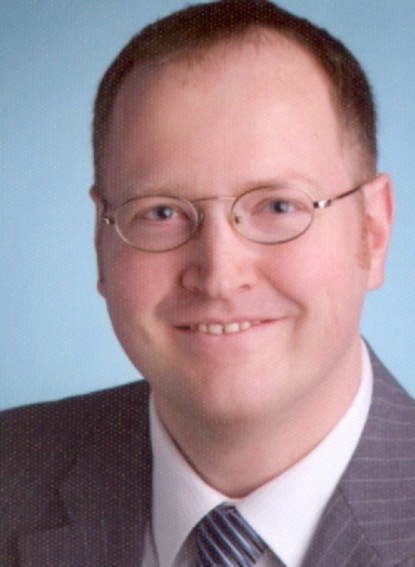Aufbau und Inbetriebnahme einer Quelle polarisierter Elektronen am supraleitenden Darmstädter Elektronenlinearbeschleuniger S-DALINAC
Setup and commisionning of the polarized electron source at the superconducting Darmstadt electron linear accelerator S-DALINAC
PhD thesis
The aim of this work was the assembly, commissioning and testing of a source of spin-polarized electrons at the superconducting Darmstadt electron linear accelerator S-DALINAC. Polarized electrons are excited via photo-emission from a GaAs photo-cathode. A Titanium-Sapphire lasersystem and a diode laser are available. These systems allow for a pulsed electron beam with a repetition frequency of 3 GHz. For a long cathode lifetime, ultra-high vacuum conditions for preparation and operation at the location of the cathode are needed. After implementing the source, optimization of these parameters yielded vacuum lifetimes of the cathode of the order of (1164 ± 165) hours. The new electron source supplements the existing thermionic electron gun and enables an alternating operation of both. This work further concentrates on the assembly and the optimization of the beam line of the normal-conducting part of the injector. This beam line prepares the 250-keV electron beam from the thermionic source for further acceleration in the superconducting part of the accelerator and enables the complete characterization of the 100-keV electron beam from the source of spin-polarized electrons. Several diagnostic and focusing elements, a Wien-filter to change the spin orientation, as well as a Mott polarimeter for polarization analysis were designed and installed. A chopper-buncher system for the generation of an electron beam with a repetition frequency of 3 GHz was tested under operating conditions. The necessary short pulses from a continuous beam from the thermionic source were produced and accelerated in the injector linac up to the low-energy measurement site. By using a short-pulse Titanium-Sapphire laser-system a pulsed electron beam is already produced during the emission process. Electron pulse lengths ≤ 5 ps from a super-lattice photo-cathode were scientifically proven. After optimization of the preparation process quantum efficiencies of 2 µA/mW at a charge lifetime of the photo-cathode of (9.6 ± 0.7) C for a laser beam with a wavelength of 780 nm and 12 µA/mW for a laser beam with a wavelength of 415 nm have been measured.


